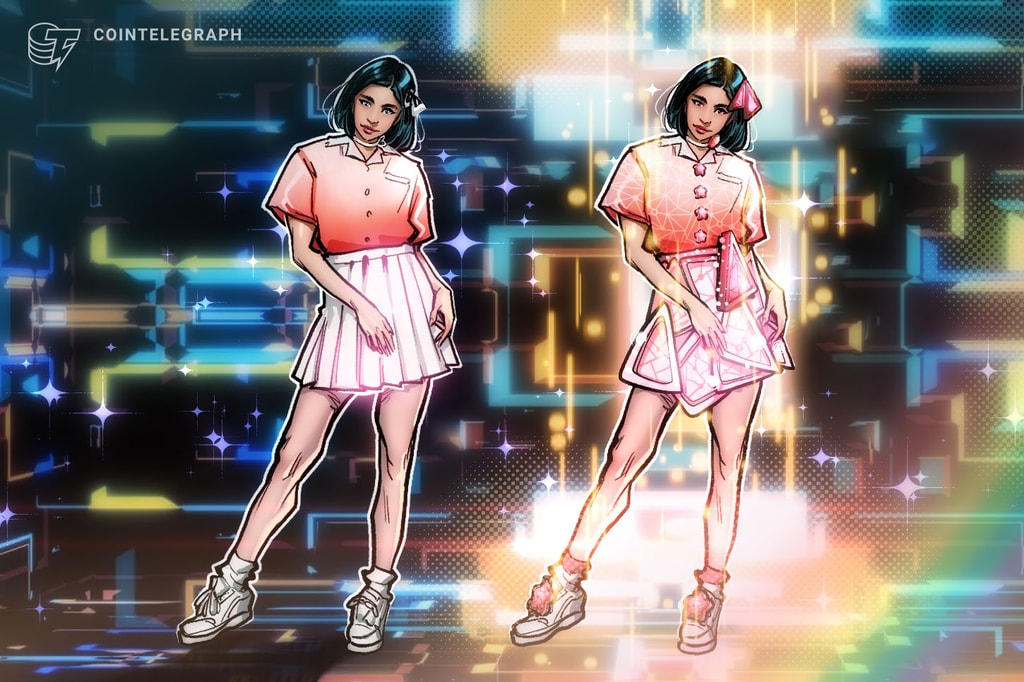The use of phygital NFTs, which are NFTs that are paired with physical items, is a growing trend among fashion brands that are looking to create a unique shopping experience.
Many fashion brands that use this strategy provide limited-edition NFTs that are virtual versions of physical items, such as NFT sneakers and jackets. The NFTs, which are bundled with physical products, enable customers to possess and wear the actual item while having a digital version of the item on the blockchain.
Among prominent phygital NFT events that have successfully demonstrated their desirability, Dolce & Gabbana’s Collezione Genesi auction sale of phygital NFTs in 2021 stands out. The sale of the nine-piece NFT collection set a fashion phygital NFT record after it was sold for approximately $6 million in Ether (ETH). It proved that there was substantial demand for phygital NFTs.
Since then, numerous prominent fashion enterprises have jumped on the phygital NFT bandwagon. One of them is Givenchy. In November 2022, the French fashion company launched a limited edition collection of phygital NFTs in collaboration with Bstroy, a streetwear brand. The unique collection included jeans, T-shirts, hoodies, bags and footwear.
In January 2023, L’Oréal Group’s Yves Saint Laurent Beauté fashion brand also joined the trend alongside luxury fashion brands such as Prada. One major reason why fashion brands are embracing the phygital NFT strategy is to offer a unique value proposition to customers who seek exclusivity.
An added benefit of using phygital NFTs is that they help counter the proliferation of counterfeit goods. This is because NFTs serve as proof-of-ownership, a factor that validates the authenticity of their corresponding physical items.
Source: https://cointelegraph.com/explained/how-are-nfts-used-in-fashion-and-wearables



